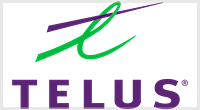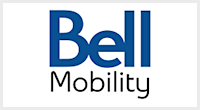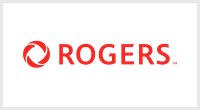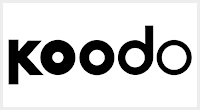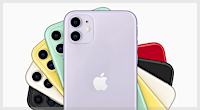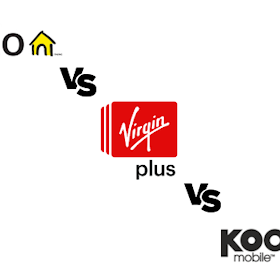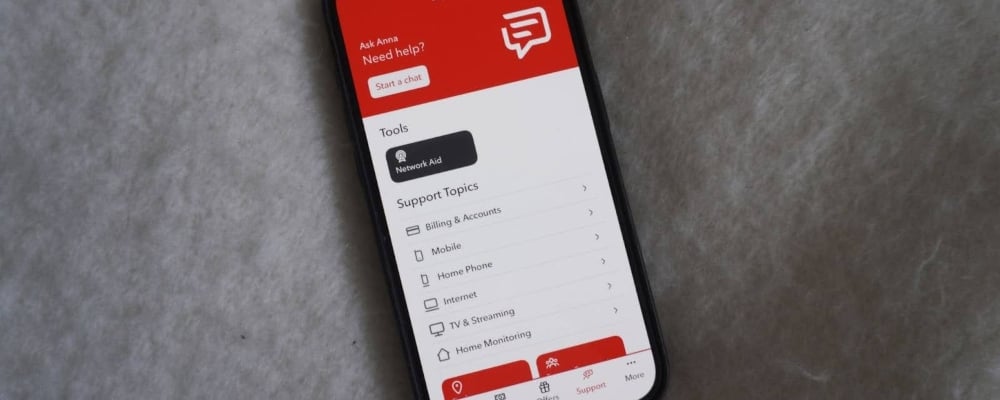
I spent a long time on long-term contracts with carriers, but not anymore. I've taken the plunge into being on a Bring Your Own Device (BYOD) Ultimate plan from Rogers, and I feel liberated. No longer beholden to contracts and financing devices, I have the flexibility of purchasing my own device when desired and staying on an affordable plan with 250GB of 5G data, an ample amount for my lifestyle.
To make sure I wasn’t simply basking in the honeymoon phase of my new plan, though, I spent a full month thoroughly taking it through the wringer to see whether it was, indeed, worth the cost. After testing its features and coverage across Toronto and out in more remote areas, I earnestly believe Rogers is a carrier I can recommend to Canadian customers looking for a new plan.
On the BYOD Ultimate plan, I've been streaming to my heart's content, listening to music and podcasts. I've also been able to play a ton of games over the cloud on my iPhone 16. While its cost still hits the wallet heavily, my bigger disappointment largely comes from the carrier's frustrating customer service (and Rogers does offer some more affordable options for those willing to purchase a device upfront). However, the trade-off is worth it, I find, as Rogers' 5G coverage is fantastic for those living in both metro cities and more rural areas.
How I tested Rogers
I've been on Rogers' Ultimate BYOD plan for a couple of years. However, over the past three weeks, I've thoroughly tested the limits of the plan and carrier coverage in a number of different ways. From re-examining the sign-up process to in-app experiences, I've placed Rogers' quality-of-life benefits under the microscope. Being a Toronto resident, I've taken it upon myself to meticulously look at the coverage limits within the big city as well as travel to more rural areas outside of the GTA.
How I Tested Rogers
My coverage tests include the use of:

- Sending text messages in the bustling metro city of Toronto
- Travelling to more rural areas to determine call and data quality
- Making phone calls and video calls across FaceTime and Discord on a 5G network
- Streaming Spotify, Netflix, Prime Video, and YouTube content on my iPhone 16
- Playing Call of Duty: Mobile, Prince of Persia: The Lost Crown, and Balatro
- Using my iPhone 16 as a hotspot for my laptop at an airport, as well as on GO transit
- Uploading and downloading video files to Google Drive
- Using Rogers' customer service (phone call and live chat)
- Managing MyRogers app on iOS
The bottom line
Not surprisingly, Rogers' services have been exceptional. There's a reason I've been a loyal customer of the telcom company for as long as I have. The 5G service has been consistently efficient in the big city streets as well as in smaller cities and areas of southern Ontario. It's been reliable for my day-to-day needs and workflow when I'm away from home and off Wi-Fi.
That said, Rogers' customer service experience is bafflingly tiresome, though the MyRogers app experience alleviates some of the frustrations. If you're willing to part ways with financing a device, Rogers' monthly service packages are fairly affordable and cost-effective.
Rogers plans and pricing
Rogers offers a number of BYOD plans as well as those in which you can finance a device of your choosing. With varying prices, Rogers offers 5G/5G+ network access, unlimited Canada-wide talk and text, HD streaming benefits and varying data allotments. You can opt for a mobile-only plan or choose to bundle your mobile plan with internet and/or TV (and get a discount on all three services as an incentive to do so).
Here are the current plans provided by Rogers:
Rogers BYOD unlimited plan options
| Plan | Premium data | High-speed hotspot | Price | Shop plan |
|---|---|---|---|---|
| Essentials (BYOD) | 5 100GB |
3.5 250mbps |
1 $70 | View at Rogers |
| Popular (BYOD) |
4.5 175GB |
2 1Gbps |
2.5 $80 | View at Rogers |
| Ultimate (BYOD) | 4 250GB | 2.5 1Gbps |
4 $100 | View at Rogers |
| Essentials | 100GB | 250mbps | 3.5$80 | View at Rogers |
| Popular | 3 175GB | 2.5 1Gbps | 3.5 $90 | View at Rogers |
| Ultimate |
250GB | 1Gbps | $110 | View at Rogers |
For reference, I've been using Rogers' Ultimate plan with 250GB of 5G data, plus unlimited talk and text in Canada, the US, and Mexico. I also have access to 1,000 international texts as well as HD streaming with high-speed data access.
Rogers also throws in a three-month subscription to Sportsnet+ for free if signing up for Popular or Ultimate. While I'm not the target audience, it is a nice little perk to have for anyone keeping up with the NHL, NBA or MLB seasons.
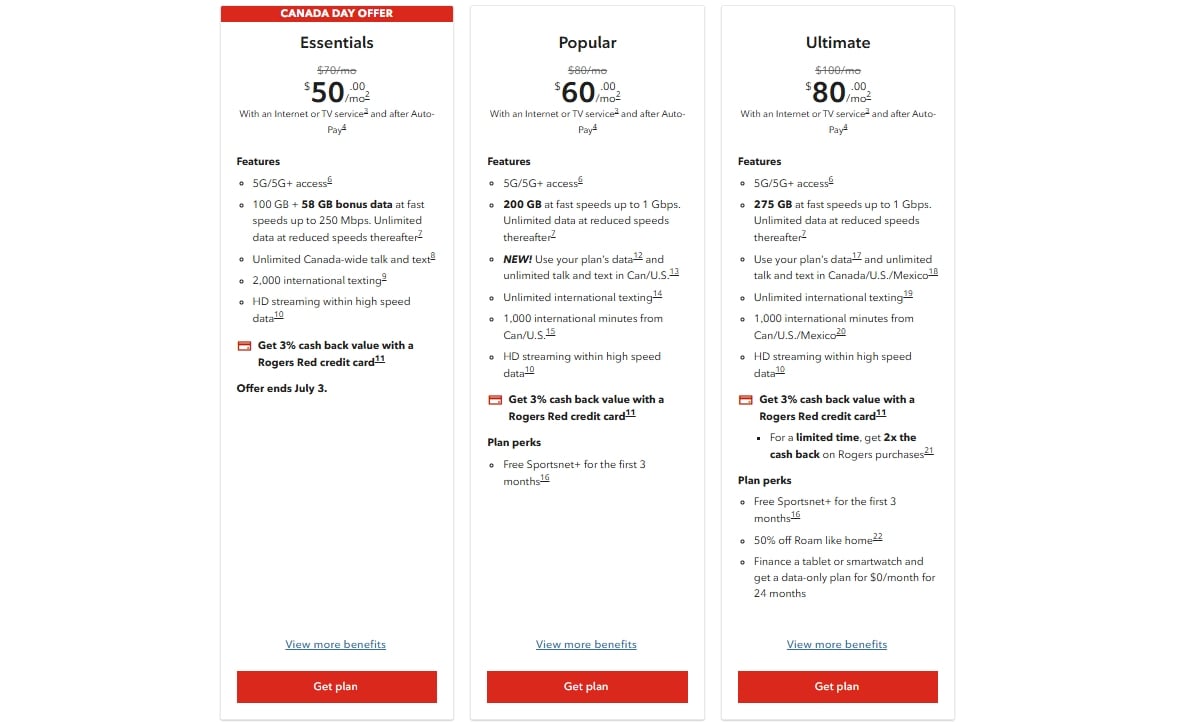
Image: Rogers
Rogers family plans
Rogers offers an assortment of family-style plan options that offer modest monthly savings. You can add a line to your existing plan, or mix and match each line to a different plan that best meets that person’s needs. Family plans work thusly:
- Activate your first line based on your personal needs and data requirements.
- Add a second line on a desired plan, with discounts applied automatically.
- Activate additional lines one by one on desired plans to maximize savings.
- Each line you add carries its own specific discounted price.
| Plan | First line | 2nd line | 3rd line | 4th line+ | Total for four lines |
|---|---|---|---|---|---|
| Essential | $70/mo | $50/mo | $35/mo | $25/mo | $180/mo |
| Popular | $80/mo | $60/mo | $45/mo | $35/mo | $220/mo |
| Ultimate | $100/mo | $80/mo | $65/mo | $55/mo | $300/mo |
For all family plans, the first line is charged the base price of the plan, and each subsequent line you add will be discounted a little further. This differs from most family plans, where each line in the plan has the same discount applied based on the number of lines you choose. For example, let’s say you have three people in your family who need access to a mobile. You and your partner want the Ultimate plan, but your pre-teen only needs the Essential plan. Here’s how that would break down.
- Line 1—Ultimate plan: $100 (base price)
- Line 2—Ultimate plan: $80 (second-line price)
- Line 3—Essential: $35 (third-line price)
- Total for three lines: $215/month
Rogers also provides a few affordable plans geared specifically toward kids and teens, with text-and-text-only options as well as data plans. These offerings provide some autonomy for parents to purchase and control their child’s smartphone access.
How I rated Rogers
At WhistleOut, we take a look at carriers and their services across five key metrics. This includes price, value, speed, coverage, and customer service. Each metric is rated out of five stars, which are averaged to calculate the overall score.
Rogers' ratings landed as follows:
- Price: 3 out of 5
- Value: 4 out of 5
- Data speeds: 3.5 out of 5
- Coverage and network reliability: 4.5 out of 5
- Customer service: 2 out of 5

Overall, I'm pretty content with the service I've had with Rogers for as long as I've been a customer. The carrier’s access to fast data speeds and its strong network coverage are core drivers for why customers would want to gravitate towards it. However, pricing and customer service do leave something to be desired.
Price
Rogers' plans do err on the more expensive side. However, when compared to its competitors, the carrier's BYOD Essentials plan is a slightly more cost-effective option, while offering the same data allotment on a 5G network. For instance, a comparative plan at Bell is $5/month more, with relatively the same talk/text perks as well as plans with larger data buckets. The only notable difference is that Bell offers 3.8mbps (LTE) hotspot speeds, faster than Rogers. Bell also provides a subscription to Crave Basic, which may appeal to you if you love HBO content. Below, I have a comprehensive breakdown of how Rogers' prices compare to Bell's plans.
Score: 3 out of 5
Value
Rogers offers a robust all-in-one monthly solution to Canadian customers, incorporating reliable 5G data and networking with unlimited Canadian-wide talk and text as well as international texting. There are also options to add unlimited talk and text in the US and Mexico, depending on your plan tier. You’ll also get three months of Sportsnet+ for free.
Score: 4 out of 5
Data speeds
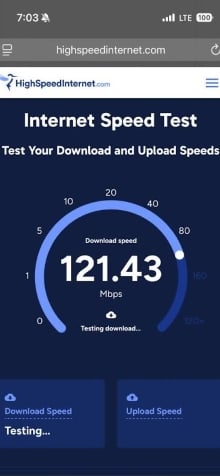
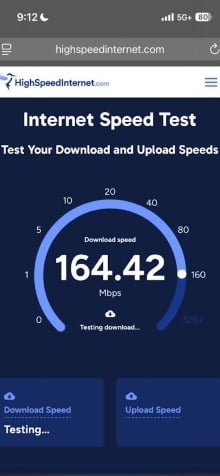

Image: Steve Vegvari | WhistleOut
For the Ultimate plan, Rogers promises speeds of up 1Gbps to on its 5G network. Unfortunately, I came nowhere close to reaching these speeds during my tests. Signal strength has proved to be spotty at times in my condo (which has concrete walls). Throughout my testing, data speeds would dip as low as 75Mbps on 5G. However, I did experience speeds up to 202Mbps while travelling in Toronto. When on LTE, I saw fairly steady data speeds of 150Mbps, with some occasional dips of 17Mbps when roaming while in motion on a bus.
Still, on both 5G and 4G LTE, I was able to complete all tasks seamlessly and efficiently with these speeds. I could doomscroll through TikTok with no buffering. I found myself throwing on a YouTube video as background noise while I cooked in my kitchen. As I'm consistently listening to music or a podcast throughout my day, I didn't even face noticeable hiccups with stream quality.
Score: 3.5 out of 5
Coverage and network reliability

Image: Rogers
Rogers provides services under three different coverage networks. The first, and arguably the best, is its 5G and 5G+ network. As you can see below, the 5G network is available throughout the majority of southern Canada, running through British Columbia, the bulk of Alberta, southern Ontario and Quebec, and into the eastern reaches of Prince Edward Island.
Rogers’ 4G LTE coverage is also very consistent nationwide. For more rural areas, Rogers provides HSPA+ coverage, which is essentially the improved 3G coverage.
Throughout my in-depth testing, I ran the gamut of using Rogers' services in Toronto, and I experienced excellent and consistent 5G signals throughout. Even when travelling to smaller cities like Kitchener, Ontario, the service never deteriorated. When travelling through the western Ontario cities, 5G coverage was fairly reliable, with LTE popping in intermittently. I was able to scroll through TikTok sufficiently without any disruptions, and I could also text and call without any issues. Coverage was strong enough that I even watched a few episodes of The Rehearsal on Crave using my iPhone.Score: 4.5 out of 5
Customer service
To get right to the point, I hate speaking with customer service. Especially when it comes to getting on the phone, dealing with long wait times and having to over-explain even the most mundane issues. Having recently spoken with Rogers to reauthorize my account information for the MyRogers app, I went through the throes of interacting with Rogers' customer service.
Rogers also supports a chatbot to discuss my current plan. To first assist with my inquiries, I attempted to reach out via their customer service phone number. As expected, I was put on hold for a lengthy 21 minutes. When I asked about changing plans, the agent quickly questioned why I was calling, almost as if she was bothered by my questions. After some quick back and forth, explaining that I wanted to look at new options, I was urged to use the MyRogers app. By the time I hung up, nothing was firmly addressed.
Score: 2 out of 5
Signing up with Rogers
Registering with Rogers is a relatively easy process. First, you'll create a MyRogers account. You can then choose which plan you'd like to sign up for. As a Rogers customer, you can choose to use an eSIM or a physical SIM card. As I typically have several devices I'm using for review, I use a physical SIM so I can easily transfer my number from one smartphone to another.
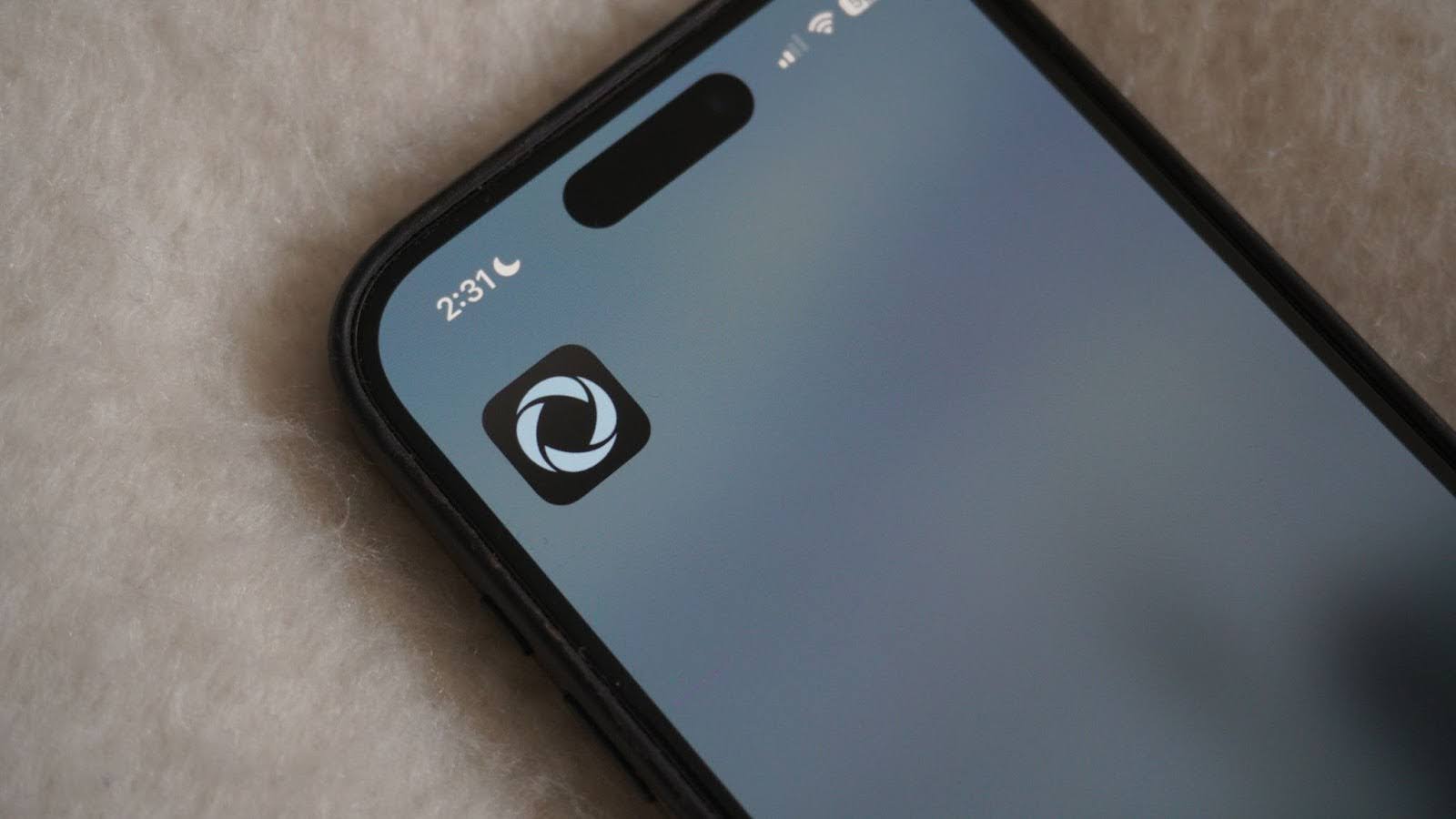
Image: Steve Vegvari | WhistleOut
If you prefer an eSIM, Rogers has a process to transfer your number from a physical SIM to an eSIM. Once you follow the necessary steps, you can make calls and send texts without any hiccups.
Managing my plan
Rogers account management relies heavily on using the MyRogers account and app. Here, I'm able to find all the details of my billing cycle and see how much data I still have before my 5G allotment is out and the unlimited 3G networking kicks in. The MyRogers app is a more well-rounded version of the web experience. I can see my current balance, make payments, set data alerts, manage data access, and various other account-related tasks.
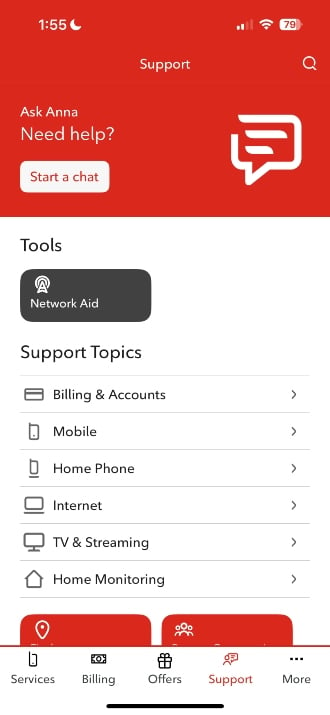
Image: Steve Vegvari | WhistleOut
MyRogers also includes access to customer support as well as information on new plans and promotions. While I'm far from a fan of being fed ad-style promotions for services I already have, I do like that MyRogers does include the ability to see savings opportunities.
Am I satisfied with the Ultimate plan?
From a top-down level, yes, I am quite satisfied with my current Rogers Ultimate plan. Being off-contract and not having to finance a device with the carrier, I have the freedom to purchase a new device on my own and keep my total monthly costs relatively low. I'm still able to access enough data on the 5G network to complete my day-to-day tasks, interact with social media, and upload photos and videos.
Data allotment
I'm someone who consistently captures photos and videos when travelling for work. Working with 250GB of data allows me to upload minute-long videos to social channels while off Wi-Fi. In most cases, I still have plenty leftover so I can scroll through TikTok, have access to my emails and watch some videos on YouTube while in an Uber. However, I do have the safety net of falling back on unlimited 3G data afterwards..
It's important to note that if you do happen to go over your monthly premium data allowance, Rogers will significantly throttle your speeds. When I was travelling for three total weeks out of the month, I hit upwards of 90 percent of my monthly data allotment through uploading video to social media, streaming and playing games via the cloud, and I noticed an impact on 3G until my bill rolled over to the next month. This, of course, was an anomaly and isn't a regular hurdle in my typical use cases.Gaming and streaming
I've been a big supporter of cloud gaming since its inception. On my iPhone 16, I typically boot up a game from the Xbox Cloud Gaming library, carrying over my progression from the console experience. Rogers' 5G network allows me to maintain fairly consistent connections to Microsoft's cloud servers. With speeds at around 200Mbps, I have a relatively lag-free experience while playing games like Clair Obscur: Expedition 33 or Balatro.
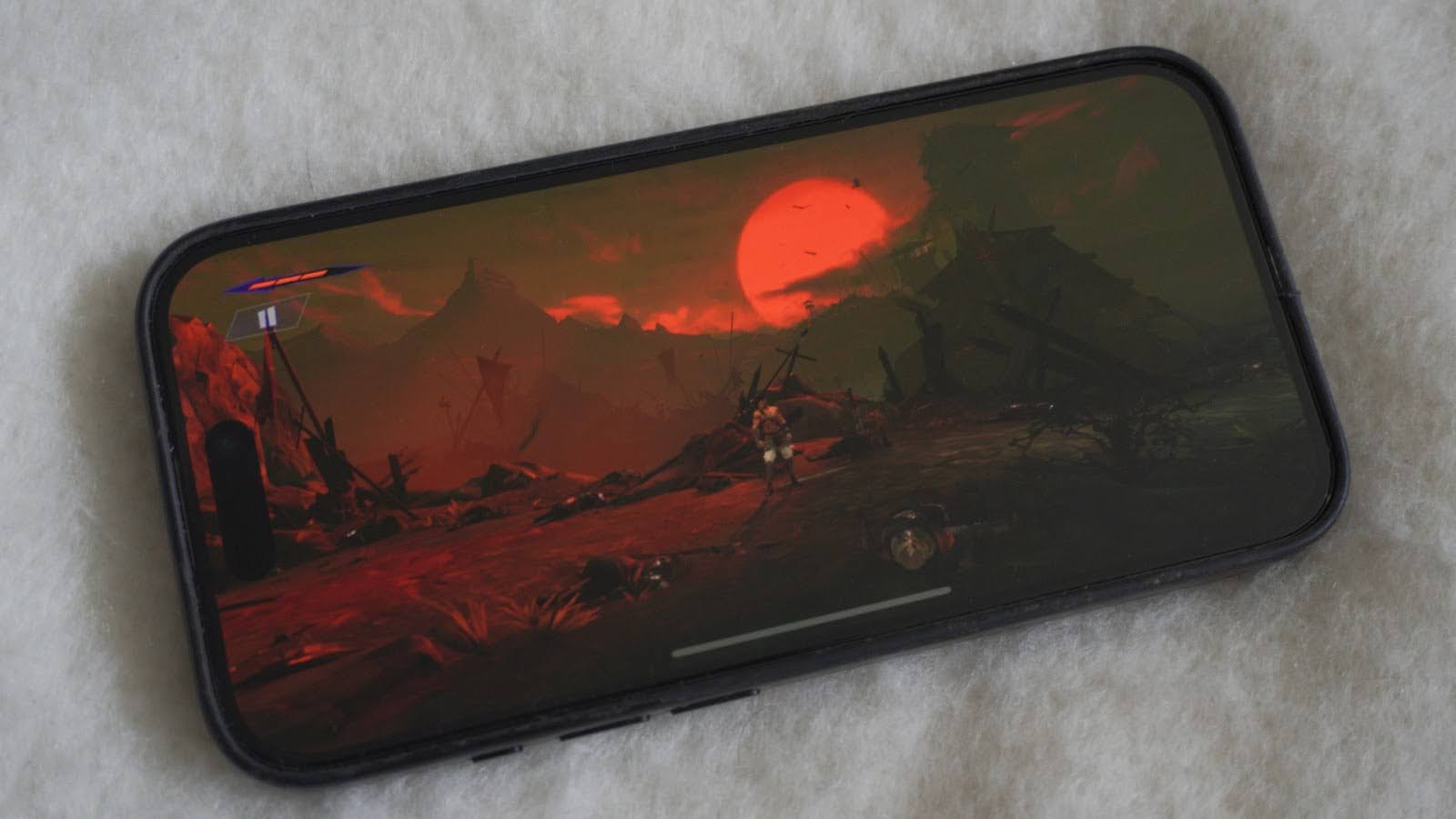
Image: Steve Vegvari | WhistleOut
I also haven’t experienced many hiccups while streaming content from Netflix or Crave throughout my recent testing. In both cases, I'm pushing benchmarks of streaming 1080p resolutions. Watching episodes of The Last of Us or The Rehearsal, the image quality and bitrates looked sufficient. I didn't experience any buffering once the video started playing either. However, on LTE, I did notice that there would be the odd dip down to 720p from time to time.
Rogers versus the competition
| Rogers Essentials (BYOD) | Bell Elite 100 (BYOD) |
Fido Data, Talk & Text plan |
Lucky Mobile Data, Talk & Text plan | |||
|---|---|---|---|---|---|---|
| Premium data | 100GB | 100GB | 60GB | 100GB | ||
| High-speed hotspot | 250mbps | Up to 1.7Gbps | 3.8mbps | Up to 150mbps | ||
| Network | 5G | 5G | 4G | 4G | ||
| Additional plan perks | 3% cash back with Rogers Red credit card | Crave Basic Subscription | 3% cash back with Rogers Red credit card | 10GB of bonus data with automatic top-up | ||
| Price | $70/mo | $80/mo | $50/mo | $55/mo | ||
| View at Rogers | View at Bell | View at Fido | View at Lucky Mobile |
Rogers' total monthly costs do run on the higher side. As one of the largest telcom companies in the country, that should come as no surprise. However, when placed against Bell, its biggest competitor on the market, Rogers' 5G plans do come in a bit cheaper. For a comparative 100GB plan from Bell, Canadians will have to pay $75 per month off-contract, higher than Rogers’ $70 plan.
That being said, Bell offers a significant amount of hotspot data. Up to 1.75Gbps speeds of hotspot data would be perfect for those who may be working from a cottage this summer. Bell's Ultimate 100 also includes unlimited international texts, the same as Rogers, for those with family in the US or abroad. A Crave Basic subscription is also included in Bell's service. So, if accessing HBO is of interest, Bell's plan may be worth considering.
Looking at some of the smaller carriers and subsidiaries like Lucky Mobile or Fido, you can find plans at a cheaper rate for similar data buckets. For instance, Lucky Mobile offers 100GB for $55 with 10GB of bonus data when setting up automatic top-up. This data allotment is a great value, but you do forgo access to 5G networks. Similarly, Lucky Mobile's hotspot speeds are limited to 4G network access. It'll largely come down to how you use your smartphone and the needs you have.
Fido's comparative LTE plan comes up short with only 60GB available. However, the $60 monthly cost for unlimited Canada-wide talk and text is cheaper than the bigger carriers. If you don't need the fastest speeds and 1,000 international texts is more than plenty, Fido could be a good alternative. It's important to note that the 3.8mbps hotspot speeds will be challenging to work from. Earlier in 2025, Fido also began charging an additional $5/mo for hotspot capabilities. Unfortunately, carriers like Lucky Mobile and Fido don't offer supplemental perks like Sportsnet+ or Crave to sweeten the deal.
Recap: Would I recommend Rogers?
I wholeheartedly recommend Rogers's BYOD Ultimate plan if you're someone who routinely purchases a new device outright to avoid financing commitments. The total monthly costs give way to sizable 5G data allotments, supporting video uploads, game streaming, and content consumption. I never felt as though I was held hostage by my ceiling of available data, whether I was scrolling social media, playing on Xbox Cloud Gaming, or catching on Crave shows. Rogers also provides unlimited talk and text Canada-wide with additional US and Mexico perks, depending on the tier of service you sign up for.
Placed against its competition, Rogers is still challenged dollar for dollar by some of the smaller names. And I do wish it were easier to deal with Rogers' customer service during the times I need to reach out. However, given the telecom's access to 5G networking, the higher price (and frustrating support) is, in this writer’s opinion, worth the extra cost. You'll be forgoing the use of faster speeds in order to save some money each month, in most cases.
Find Better Phones and Plans
Hundreds of cell phone plans unpacked. All the facts. No surprises.























